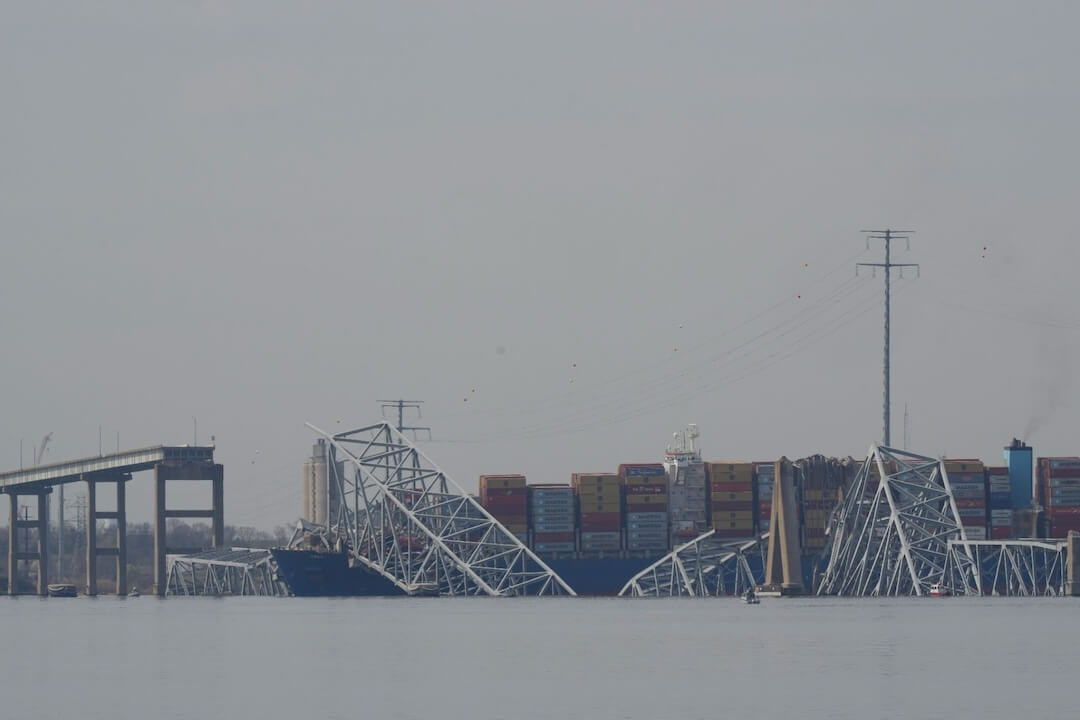The Francis Scott Key Bridge in Baltimore collapsed early Tuesday morning after it was struck by a cargo ship. As of Tuesday night, six construction workers who were working on the bridge at the time were still missing.
Baltimore Mayor Brandon Scott appeared on CNN on Tuesday, and while being interviewed, CNN showed dramatic video of the bridge collapsing over and over.
During the interview, Scott said, “I’m going to be the first to ask that CNN and everyone else stop showing the video. No one needs to see … a possibility of their family member being severely injured or otherwise, over and over and over again because it’s just traumatizing our community.”
To be clear, CNN wasn’t the only news outlet showing video of the bridge being hit by the ship and then collapsing. In fact, as far as I could tell, every major news network showed the video. And it was on the homepages of The New York Times and The Washington Post for most of Tuesday.
Often, accidents and tragedies are caught on video, and so a question arises: What responsibility do news organizations have when showing these kinds of videos?
When it comes to the Key Bridge collapse, I asked my colleague Kelly McBride, Poynter’s senior vice president and chair of Craig Newmark Center for Ethics and Leadership, to share her thoughts.
More from Poynter: What those covering the Key Bridge collapse can learn from reports about the 1980 Skyway disaster
She told me, “The image of the bridge collapsing isn’t particularly traumatic to the audience viewing it. The camera is quite distant, and it wasn’t a targeted act of violence meant to terrorize, the way that 9/11 was or the many mass shootings that we’ve experienced. It was an accident, like a volcano erupting or an avalanche tumbling down.”
McBride added, “It is likely traumatic to the loved ones of the missing workers, as is all coverage of this news story, including images of the rescue operation and images of the bridge the moment before impact. For that reason, I could see some newsrooms electing to use a still image or limit the use of the video. But given the widespread distribution of the video, that won’t make much of a difference in the overall use of it. I don’t think using the video is particularly insensitive as long as the news coverage is advancing the story, by bringing in new perspectives and information.”
I also wanted to point you to a piece by Axios’ Zachary Basu and Sara Fischer: “Misinformation runs rampant after Baltimore bridge collapse.” They note how a bunch of conspiracy theories ran wild following the accident. Authorities were clear when they said there was no evidence that this was a terrorist attack.
Basu and Fischer wrote, “Rampant misinformation during mass casualty events is not a new phenomenon. But under Elon Musk’s ownership of X, the platform has evolved from an essential real-time news source to a breeding ground for conspiracy theories.”
This piece originally appeared in The Poynter Report, our daily newsletter for everyone who cares about the media. Subscribe to The Poynter Report here.







